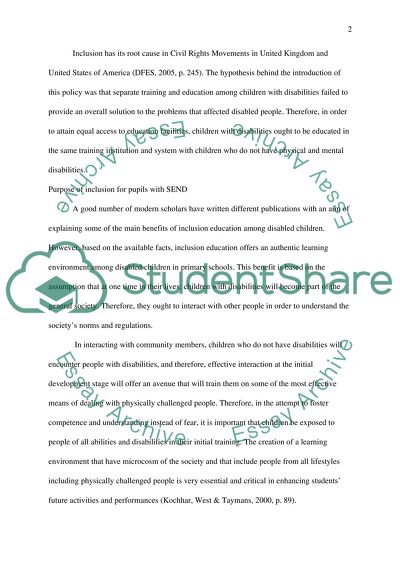Cite this document
(“An audit of current provision and critical reflection of the Learning Essay”, n.d.)
An audit of current provision and critical reflection of the Learning Essay. Retrieved from https://studentshare.org/education/1471672-an-audit-of-current-provision-and-critical
An audit of current provision and critical reflection of the Learning Essay. Retrieved from https://studentshare.org/education/1471672-an-audit-of-current-provision-and-critical
(An Audit of Current Provision and Critical Reflection of the Learning Essay)
An Audit of Current Provision and Critical Reflection of the Learning Essay. https://studentshare.org/education/1471672-an-audit-of-current-provision-and-critical.
An Audit of Current Provision and Critical Reflection of the Learning Essay. https://studentshare.org/education/1471672-an-audit-of-current-provision-and-critical.
“An Audit of Current Provision and Critical Reflection of the Learning Essay”, n.d. https://studentshare.org/education/1471672-an-audit-of-current-provision-and-critical.


